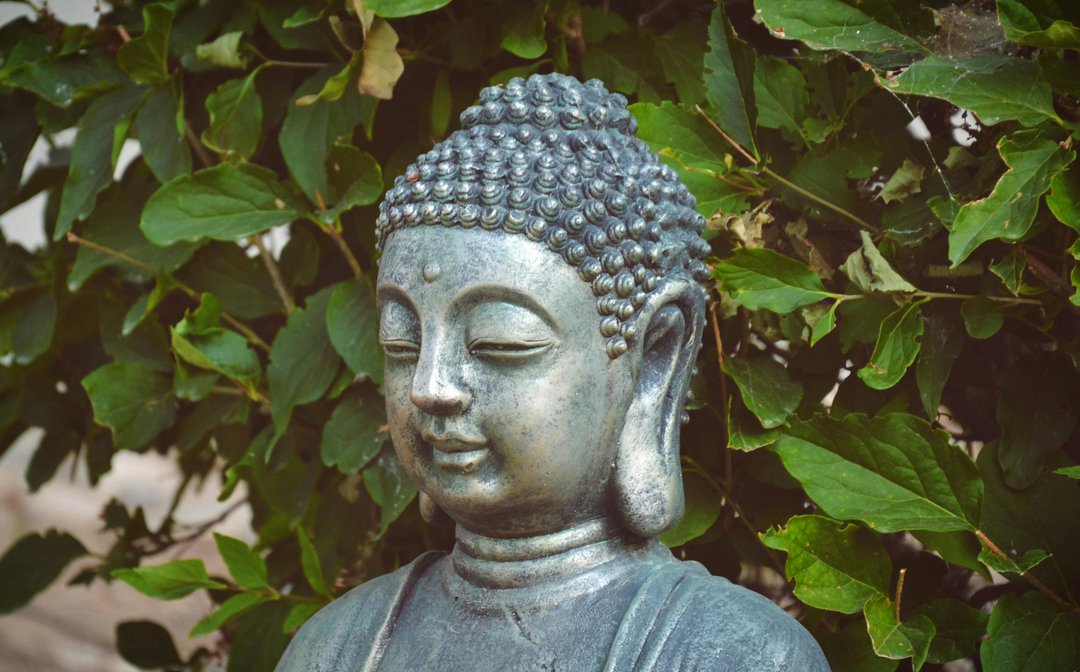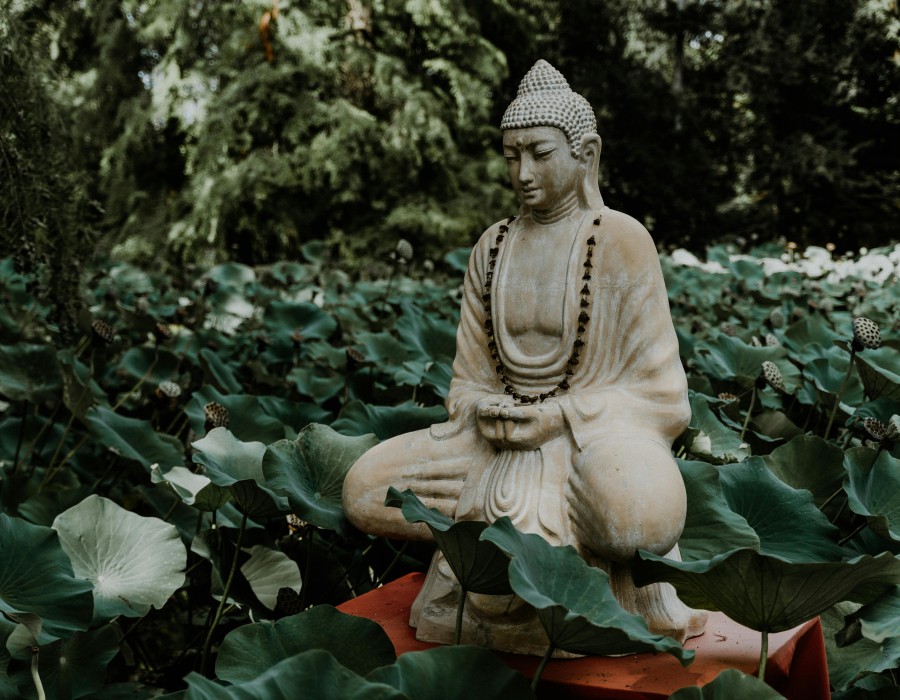The teachings of the Buddha have profoundly shaped spiritual thought and practice across cultures. When examining his teachings, one notices an absence of references to Kundalini and Chakras—concepts deeply rooted in other Indian spiritual traditions, particularly in Kundalini yoga meditation. This absence raises fascinating questions: Why did the Buddha not speak of Kundalini and Chakras? Was he aware of these concepts? How do his teachings differ from the Kundalini-focused spiritual practices that emphasize these energy systems? In this article, we explore these questions by examining the historical, philosophical, and spiritual contexts of the Buddha’s teachings and comparing them with Kundalini yoga meditation.
Historical and Cultural Context
The Buddha’s Era
Siddhartha Gautama, known as the Buddha, lived and taught during the 5th century BCE in ancient India, a time when the region hosted a diversity of spiritual and philosophical traditions. The early Vedic traditions that evolved into Hinduism and various ascetic movements were prominent. Concepts such as Kundalini and Chakras have roots in these early Vedic traditions but were more explicitly developed in later Tantric texts, which emerged centuries after the Buddha's era.
Emergence of Kundalini and Chakras
The formal system of Kundalini and Chakras as known today took shape in the Tantric and Hatha Yoga traditions. Texts like the Shat-chakra-nirupana and the Hatha Yoga Pradipika provide detailed descriptions of Chakras as energy centers and Kundalini as a dormant spiritual energy located at the base of the spine. These systems focus on awakening Kundalini energy and guiding it through the Chakras to achieve heightened states of consciousness. However, the Buddha’s teachings, grounded in pragmatic approaches to enlightenment, do not explicitly address these concepts.
Philosophical Differences
Buddha’s Focus on Practicality and Direct Experience
/img/i3/a4Y/sZTw/0IIlfQVyKeVtn/92V3jmlWzW/KcW5ljuJOirgOvB0.jpg)

One of the defining features of the Buddha’s teachings is their practicality and emphasis on direct experience. He taught the Four Noble Truths and the Eightfold Path as a systematic approach to understand and overcome suffering, aiming for enlightenment (Nirvana). Rather than focusing on energy systems or metaphysical concepts, his teachings center on insights achievable through practical and direct experience, which he believed could lead to liberation without the need for esoteric or complex metaphysical systems.
Emphasis on Dependent Origination
A core aspect of the Buddha’s philosophy is the concept of Dependent Origination (Pratītyasamutpāda), which outlines the interconnectedness of all phenomena and the conditionality of existence. This principle points to the impermanent and interdependent nature of reality, guiding followers away from beliefs in enduring spiritual substances or energies like Kundalini. By focusing on practical teachings over metaphysical speculation, the Buddha provided a framework to directly address and overcome suffering.
The Middle Way
The Buddha advocated the Middle Way, a balanced path that avoids the extremes of self-indulgence and self-mortification. This approach is intentionally practical, accessible, and inclusive, appealing to people of all backgrounds. Practices involving Kundalini and Chakras, on the other hand, are often more specialized, requiring rigorous training and guidance, which may not align with the Buddha’s intent to make enlightenment accessible to all.
The Buddha’s Teachings on Mindfulness and Meditation
Vipassana and Samatha Meditation
The Buddha’s primary meditation teachings include Vipassana (insight) and Samatha (calm) meditation. These techniques focus on cultivating mindfulness, concentration, and a clear understanding of reality’s nature. Practitioners observe bodily sensations, thoughts, and emotions, leading to insights into impermanence, suffering, and non-self. These insights, gained through mindfulness and awareness, lead to inner peace and understanding rather than relying on an energy system.
Comparison with Kundalini Meditation
Kundalini meditation involves techniques aimed at awakening the dormant Kundalini energy, traditionally at the base of the spine, and guiding it through the Chakras. This practice often results in powerful spiritual experiences, such as energy flow sensations, visions, or heightened states of consciousness. While these experiences can be transformative, they differ significantly from the Buddha’s emphasis on mindfulness, where the focus is on direct insight into the nature of reality and not necessarily on awakening spiritual energy.
The Role of Esoteric Practices
Tantric Traditions and the Esoteric Path
Tantric traditions extensively explore Kundalini and Chakras, often using secretive teachings, rituals, and initiations reserved for advanced practitioners. These practices usually require a teacher-student relationship to safely navigate the powerful effects that may arise during Kundalini awakening. The Buddha’s teachings, however, aim for accessibility without the need for exclusive or hidden knowledge, favoring a practical approach to enlightenment that is open to all.
Buddha’s Caution Against Supernatural Powers
The Buddha cautioned against the pursuit of supernatural powers (Siddhis) that can emerge from advanced meditation practices. Although he acknowledged that these powers could arise, he considered them distractions from the ultimate goal of enlightenment. Kundalini awakening, which can lead to extraordinary experiences, is thus divergent from the Buddha’s teachings, which prioritize liberation over supernatural attainments.
The Buddha’s Approach to Liberation
Liberation Through Wisdom and Compassion
The Buddha taught that liberation is achieved through wisdom (Prajna) and compassion (Karuna). This process involves understanding suffering, impermanence, and non-self, coupled with a compassionate and ethical life. The Buddha encouraged transforming the mind and behavior to reflect these insights, leading to the cessation of suffering and the realization of Nirvana. His teachings emphasize gradual self-cultivation rather than a singular awakening experience.
Kundalini Awakening as a Different Path
Kundalini awakening is often seen as a transformative process that brings higher states of consciousness and spiritual realization. However, this process can be intense, unpredictable, and sometimes challenging, requiring careful guidance. While Kundalini practices can lead to spiritual experiences, they do not necessarily align with the Buddha’s focus on steady wisdom cultivation and ethical conduct as a means to enlightenment.
Integrating the Teachings: A Holistic View
Complementary Practices
Although the Buddha did not directly address Kundalini or Chakras, some contemporary practitioners find value in integrating mindfulness and insight meditation with Kundalini practices. By building a foundation of awareness and ethical behavior, one can create a stable base for exploring Kundalini’s more esoteric elements, should they choose to do so. For many, combining these approaches can offer a more holistic spiritual practice that incorporates both grounding and energetic aspects.
The Universal Goal of Liberation
Despite differences, both the Buddha’s teachings and Kundalini yoga meditation ultimately aim at spiritual liberation. Each approach offers unique insights and tools for growth, with the Buddha’s path focusing on wisdom and compassion, while Kundalini meditation engages with energy systems to elevate consciousness. By understanding these different paths, practitioners can appreciate the diversity of spiritual practices while honoring the common aspiration toward higher truth and liberation.
Conclusion
The Buddha’s teachings, characterized by their accessibility and focus on practical wisdom, do not reference Kundalini and Chakras. His path emphasizes mindfulness, ethical conduct, and insight as a means to address suffering and attain liberation, bypassing the need for complex energy systems. However, Kundalini yoga meditation offers profound insights into the body’s energetic potential and explores the transformative power of Kundalini energy through the Chakras, a path that resonates with practitioners drawn to more esoteric experiences.
By approaching these distinct traditions with open-mindedness, practitioners can explore various paths to spiritual realization, recognizing that both approaches ultimately aim at self-liberation and truth. For those on the spiritual journey, the choice between these practices need not be exclusive; rather, it can be an enriching integration, paving the way toward a holistic and transformative understanding of spirituality.
In choosing a path, whether through the Buddha’s mindfulness-focused teachings or Kundalini’s energetic practices, may all spiritual seekers find a journey that resonates with their deepest intentions and brings them closer to the universal goal of liberation and inner peace.






Comments